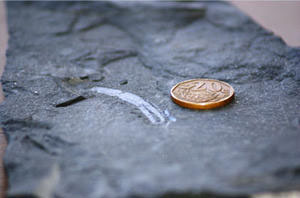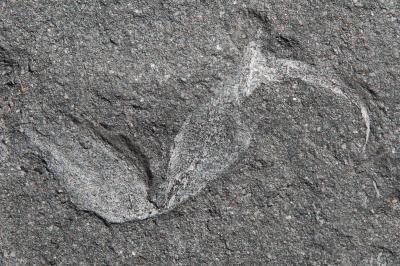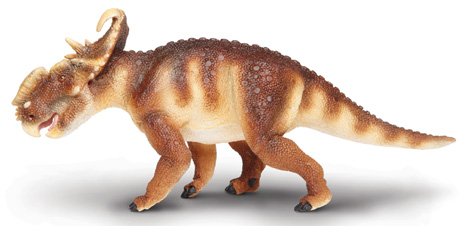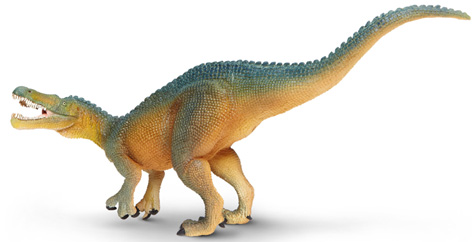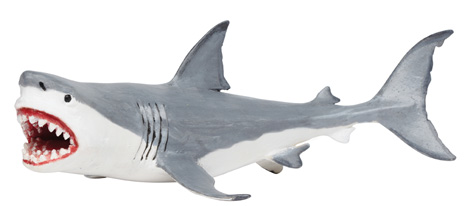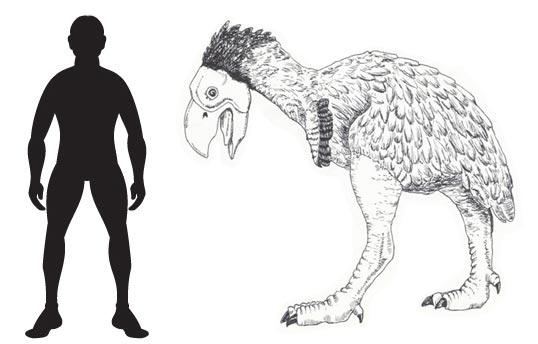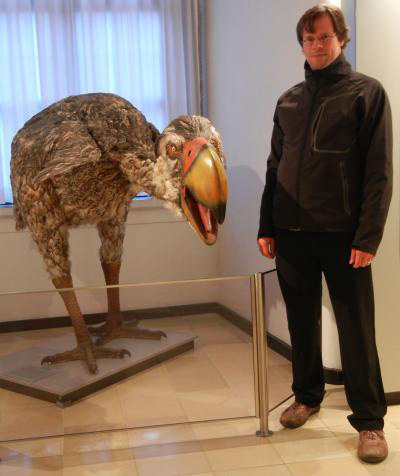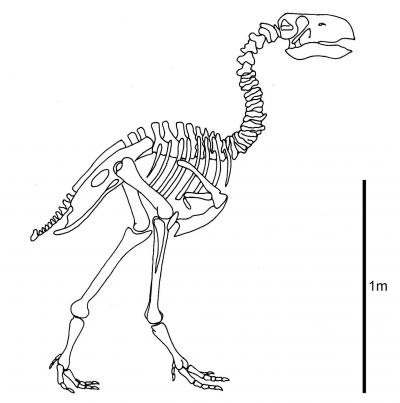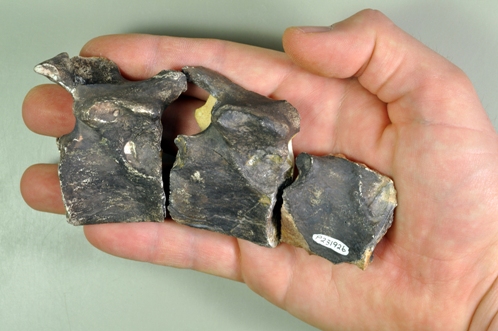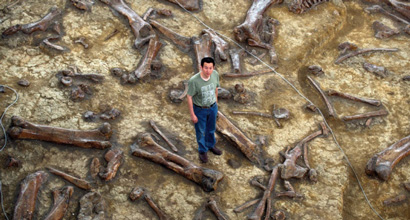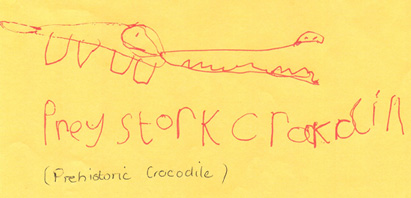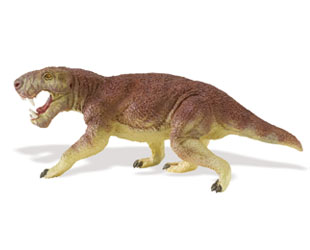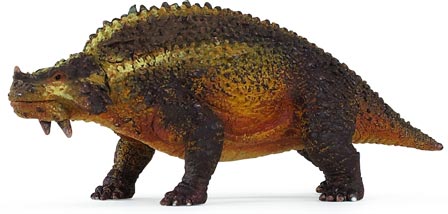Update on Everything Dinosaur’s Progress (Pinterest, Facebook, Ezines etc.)
Checking on Our Progress after Nine Months
Six months ago, we looked at the progress team members at Everything Dinosaur had made towards the targets set at the start of the year regarding the company’s social media activities. At the start of 2013, we set out a number of predictions as to what we thought was going to happen over the next twelve months or so. As well as trying to predict news stories about fossil discoveries and dinosaurs, our team members set out some targets for themselves to see how things develop on the various social media platforms.
Everything Dinosaur
Specifically, we set ourselves the following challenges at the beginning of the year:
- Six hundred and fifty Ezine articles approved and published
- One Thousand Facebook likes on Everything Dinosaur’s Facebook Page
- Ezine Challenge completed 365 articles approved and published since February 25th 2012
- 300,000 Video Views on Everything Dinosaur’s YouTube Channel
- Everything Dinosaur to join Pinterest with 1,000 re-pins
All to be completed by the end of this year, so nine months in, how are we doing?
- Six hundred and fifty Ezine Articles approved and published
Ezine articles published is currently standing at 550, we have slowed down our submission rate after being advised by our technical assistants who know about organic listings and search like. With the changes made to some indexing on the major search engines we have reduced our article submission rate. It is unlikely that we will reach the 650 article target set, but we can be excused for this, after all, we are only following the advice of experts.
- One Thousand Facebook likes on Everything Dinosaur’s Facebook Page
Everything Dinosaur on Social Media
Everything Dinosaur continues to publish lots of pictures, links, illustrations and other material on the company’s Facebook page. We are always keen to hear from our customers, we respond to every question and reply to messages, we even publish some of the pictures sent into us by very young dinosaur fans. To date we have 625 “likes” which is quite a healthy level and we are grateful to everyone who has contributed.
If you want to give Everything Dinosaur a “like” to help us towards our target of 1,000 likes by the end of the year just click the Facebook logo:
We are delighted to hear from fellow fossil collectors, teachers and all round dinosaur enthusiasts, we really appreciate your input.
- Ezine Challenge completed 365 articles approved and published since February 25th 2012
It was hard work but we were able to achieve our target of writing 365 articles in exactly 365 days. This challenge was set back on February 25th 2012 and we completed it with about a month to spare.
- Three Hundred Thousand Video Views on our YouTube Channel
We have put up over sixty videos to date, most of them reviews of new model releases and we have already far exceeded the original target of 300,000 video reviews. Back in March when we looked at our progress it was suggested we should have a target of 500,000 video reviews by the end of 2013, this target may well be reached by the end of this month, so perhaps a target of 600,00 should be set.
To view Everything Dinosaur’s channel on YouTube: Everything Dinosaur on YouTube.
- Everything Dinosaur to join Pinterest and to have 1,000 Picture Pins
We joined Pinterest back in January, we have really enjoyed seeing and re-pinning all the amazing fossil pictures and dinosaur themed illustrations on Pinterest. Here too, we have started to pin up more examples from our customers, we are grateful for all the correspondence that we receive and yes, we do read them all. So far, we have pinned up over like 1125 pictures and images. We have already passed the thousand pins target set at the beginning of the year, it was muted that a target of two thousand should be set, but with the Christmas sales period approaching we can’t see us getting near this particular target, still, we can only try our best.
To visit our Pinterest pages, simply click on the Pin It logo below:
Just as always, we remain dedicated to our customers and enthusiastic about our social media work. Let’s see how close or how far over the targets the team members at Everything Dinosaur can be by the end of the year.
For fans of dinosaur toys and prehistoric animal models you are welcome to peruse the extensive stock available for sale on Everything Dinosaur’s award-winning website: Visit Everything Dinosaur.




